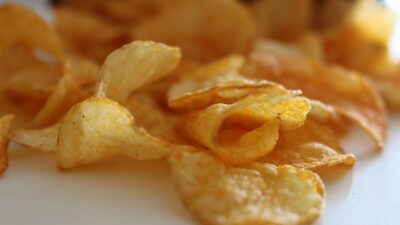In a world where culinary arts are celebrated, one arena has drawn the gaze of many: competitive eating food challenges. These events, where contestants brave outrageous portion sizes and futuristic flavor combinations, have surged in popularity, transforming the notion of dining into a thrilling spectacle. But what drives this fascination with eating as a competition? And how has it influenced food culture in the 21st century?
The Origins of Competitive Eating
The roots of competitive eating can be traced back to the early 1900s, though it gained mainstream attention in the 1970s with events like Nathan’s Famous Hot Dog Eating Contest in Coney Island. This iconic competition has become synonymous with Independence Day celebrations and embodies the spirit of competitive dining.
Initially viewed as a quirky challenge, competitive eating has since evolved into a culturally significant phenomenon, attracting participants from diverse backgrounds and drawing in fans worldwide.
The Anatomy of a Food Challenge
Competitive food challenges vary from local restaurant offerings to large-scale professional events. Common challenges include consuming monstrous burgers, giant pizzas, or spicy wings within a set timeframe. These events often come with enticing rewards: free meals, cash prizes, or a coveted title, making them hard to resist for both challengers and spectators.
Participants, often referred to as “eatertainers,” employ various strategies to conquer their culinary Everest. Techniques range from the “chipmunking” method—storing food in cheeks to maximize consumption—to consuming water to help swallow food faster. Alongside these tactics, mental preparation appears as crucial as physical endurance.
The Fan Base and Cultural Impact
The rise of competitive eating has birthed a dedicated fanbase fascinated by the spectacle of gluttony. Social media platforms, particularly YouTube, have amplified this phenomenon, allowing viewers to watch their favorite challengers tackle food feats in real-time. This digital space not only showcases competitors but fosters a community that celebrates unique food experiences.
Moreover, the impact of competitive eating is evident in the way restaurants market their offerings. Many establishments host challenges to attract customers, often using Instagram-worthy visuals to create buzz. The concept of the "challenge" has evolved into a marketing tool, converting ordinary dishes into viral sensations.
Health Implications and Controversies
While the charm of competitive eating is undeniable, it has garnered criticism for its health implications. Consuming vast quantities of food in a short time can lead to serious health issues, including digestive problems and obesity. Critics argue that the glorification of excessive eating promotes unhealthy behaviors and attitudes toward food.
In response, some competitors advocate for balance and moderation. This duality highlights the ongoing conversation about body image, health, and the sometimes dangerous allure of excess in food culture.
The Future of Competitive Eating
As competitive eating continues to grow, the possibilities for culinary challenges seem endless. The globalization of food culture invites innovators to create meals that push boundaries—think spicy Korean barbecue versus traditional American fare. In an ever-connected world, competitive eating could evolve into a truly international spectacle, combining flavors and techniques from every corner of the globe.
The narrative surrounding competitive eating is complex: it’s a celebration of culinary passion, strategic prowess, and entertainment wrapped in one. As these challenges capture the attention of more enthusiasts, they also compel society to ponder the relationship between food, identity, and health.
Conclusion
Deliciously daunting, the world of competitive eating food challenges represents a fascinating intersection of food, culture, and entertainment. It invites people to witness the extraordinary capacities of the human body while also reminding us to be mindful of our relationship with food. As we continue to explore the limits of culinary creativity and consumption, the only certainty is that this thrilling phenomenon is here to stay.



